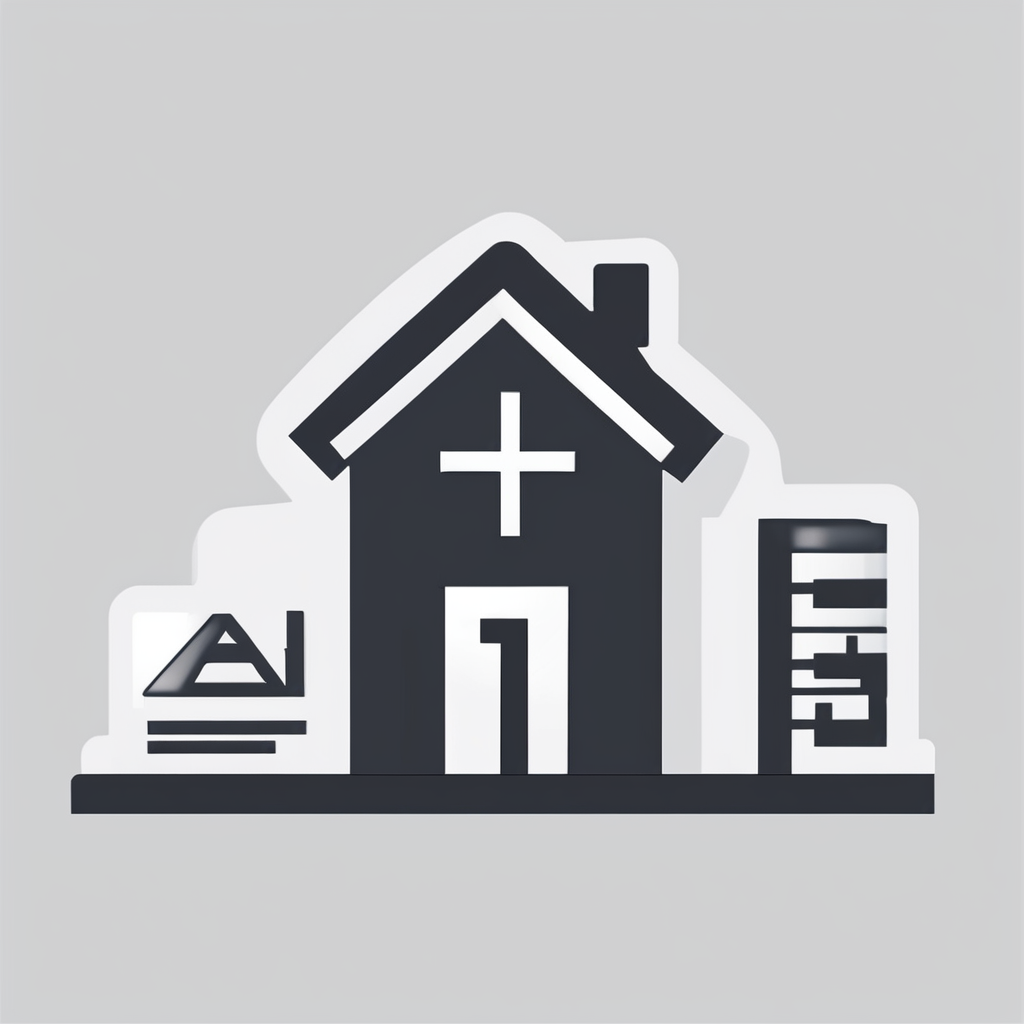Ensuring Safety in Rental Properties Across the UK: Top Strategies for Landlords
When it comes to renting out a property, safety is one of the most critical aspects that landlords must prioritize. Not only is it a legal requirement, but it also helps in maintaining a positive relationship with tenants and protecting the value of the property. Here’s a comprehensive guide on the top strategies for ensuring safety in rental properties across the UK.
Understanding Safety Regulations
Before diving into the strategies, it’s essential to understand the legal framework surrounding safety in rental properties. In the UK, landlords are bound by several regulations that ensure the safety and well-being of their tenants.
In the same genre : Unveiling 2023”s Urban Real Estate Trends: What”s Shaping the UK”s City Property Market?
Key Safety Regulations
- Gas Safety: Landlords must ensure that all gas appliances and flues are inspected annually by a Gas Safe registered engineer. This is a legal requirement, and failure to comply can result in severe penalties[2].
- Electrical Safety: Regular electrical inspections are mandatory to ensure that all electrical installations and appliances are safe. This typically involves hiring a qualified electrician to conduct an Electrical Installation Condition Report (EICR) every five years[2].
- Fire Safety: Landlords must provide working smoke alarms on every floor of the property and ensure that tenants have access to escape routes. For properties with multiple occupants, a fire risk assessment is also required[2].
- Carbon Monoxide Safety: With the risk of carbon monoxide poisoning from faulty heating systems, landlords must ensure that all fuel-burning appliances are properly maintained and that carbon monoxide detectors are installed[2].
Conducting Risk Assessments
A thorough risk assessment is crucial for identifying potential hazards in the rental property. Here are some steps to follow:
Steps for a Comprehensive Risk Assessment
- Identify Hazards: Look for any potential hazards such as slippery floors, uneven surfaces, and faulty electrical wiring.
- Evaluate Risks: Assess the likelihood and potential impact of each hazard.
- Implement Controls: Take necessary steps to mitigate or eliminate the identified risks.
- Review and Update: Regularly review and update the risk assessment to ensure it remains relevant and effective.
Ensuring Compliance with Health and Safety Standards
Compliance with health and safety standards is not just about avoiding legal penalties; it also helps in creating a safe and healthy environment for tenants.
Also to read : Effective credit management: techniques to enhance cash flow
Health and Safety Standards
- Provide Tenants with Information: Ensure that tenants are provided with all necessary safety information, including the location of escape routes, fire extinguishers, and emergency contact numbers[1].
- Maintain Property Condition: Regularly inspect and maintain the property to ensure it remains in good condition. This includes checking for any structural issues, ensuring proper ventilation, and maintaining heating systems[2].
- Energy Efficiency: While not strictly a safety issue, ensuring energy efficiency can also contribute to a safer and more comfortable living environment. This can include installing double-glazed windows, insulation, and energy-efficient appliances[2].
The Role of Property Management
Effective property management is key to ensuring the safety of rental properties. Here are some ways property managers can help:
Responsibilities of Property Managers
- Regular Inspections: Conduct regular inspections to identify and address any safety issues before they become major problems.
- Tenant Communication: Maintain open communication with tenants to ensure they are aware of any safety concerns and to gather feedback on the property’s condition.
- Maintenance and Repairs: Ensure that all maintenance and repairs are carried out promptly and by qualified professionals.
- Compliance with Regulations: Help landlords comply with all relevant safety regulations and ensure that necessary certifications are up to date.
Landlord Insurance and Financial Protection
While safety measures are crucial, having the right insurance can provide peace of mind and financial protection in case of unforeseen events.
Importance of Landlord Insurance
- Total Landlord Insurance: This type of insurance covers a wide range of risks, including property damage, liability, and loss of rent. It is essential for protecting the landlord’s investment[1].
- Public Liability: This aspect of the insurance covers any injuries or damages to third parties, which can help mitigate the risk of legal claims.
- Building and Contents Insurance: Ensure that both the building and its contents are insured against damage or loss.
Working with Estate Agents and Letting Agents
Estate agents and letting agents can play a significant role in helping landlords ensure safety in their rental properties.
How Estate Agents Can Help
- Property Evaluations: Estate agents can evaluate the property to identify any potential safety issues and provide recommendations for improvements.
- Tenant Screening: They can help in screening tenants to ensure that only reliable and responsible individuals are selected.
- Compliance Advice: Many estate agents have knowledge of local regulations and can provide advice on how to comply with safety standards.
Practical Tips for Landlords
Here are some practical tips that landlords can follow to ensure safety in their rental properties:
Practical Safety Tips
- Install Safety Devices: Ensure that all necessary safety devices such as smoke alarms, carbon monoxide detectors, and fire extinguishers are installed and regularly checked.
- Provide Safety Information: Provide tenants with a safety guide that includes information on emergency procedures, escape routes, and contact numbers for emergency services.
- Regular Maintenance: Regularly inspect and maintain the property to prevent any safety issues from arising.
- Tenant Education: Educate tenants on how to use appliances safely and how to report any safety concerns.
Example of a Safe Rental Property
To illustrate the importance of these strategies, let’s consider an example of a landlord who has taken all necessary steps to ensure safety in their rental property.
Case Study: A Safe Rental Property
- Annual Gas Inspections: The landlord ensures that all gas appliances are inspected annually by a Gas Safe registered engineer.
- Regular Electrical Inspections: The property undergoes regular electrical inspections to ensure all electrical installations are safe.
- Smoke Alarms and Carbon Monoxide Detectors: Working smoke alarms are installed on every floor, and carbon monoxide detectors are placed near fuel-burning appliances.
- Fire Risk Assessment: A comprehensive fire risk assessment is conducted, and escape routes are clearly marked.
- Tenant Communication: The landlord maintains open communication with tenants, ensuring they are aware of all safety procedures and protocols.
Ensuring safety in rental properties is a multifaceted task that requires careful planning, regular maintenance, and compliance with legal regulations. By understanding and implementing these top strategies, landlords can create a safe and healthy living environment for their tenants, protect their investment, and avoid potential legal penalties.
Final Thoughts
- “Safety should always be the top priority for landlords. It not only protects the well-being of tenants but also helps in maintaining a positive landlord-tenant relationship,” says a seasoned property manager.
- “Regular inspections and maintenance are key to identifying and addressing safety issues before they become major problems,” advises a local estate agent.
- “Investing in safety measures may seem costly, but it provides peace of mind and financial protection in the long run,” notes a landlord who has seen the benefits firsthand.
By following these strategies and staying informed about the latest safety regulations, landlords can ensure that their rental properties remain safe, secure, and compliant with all legal requirements.











